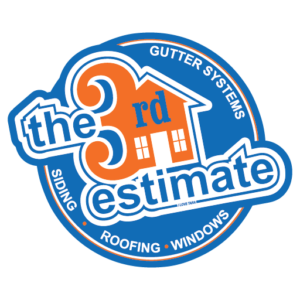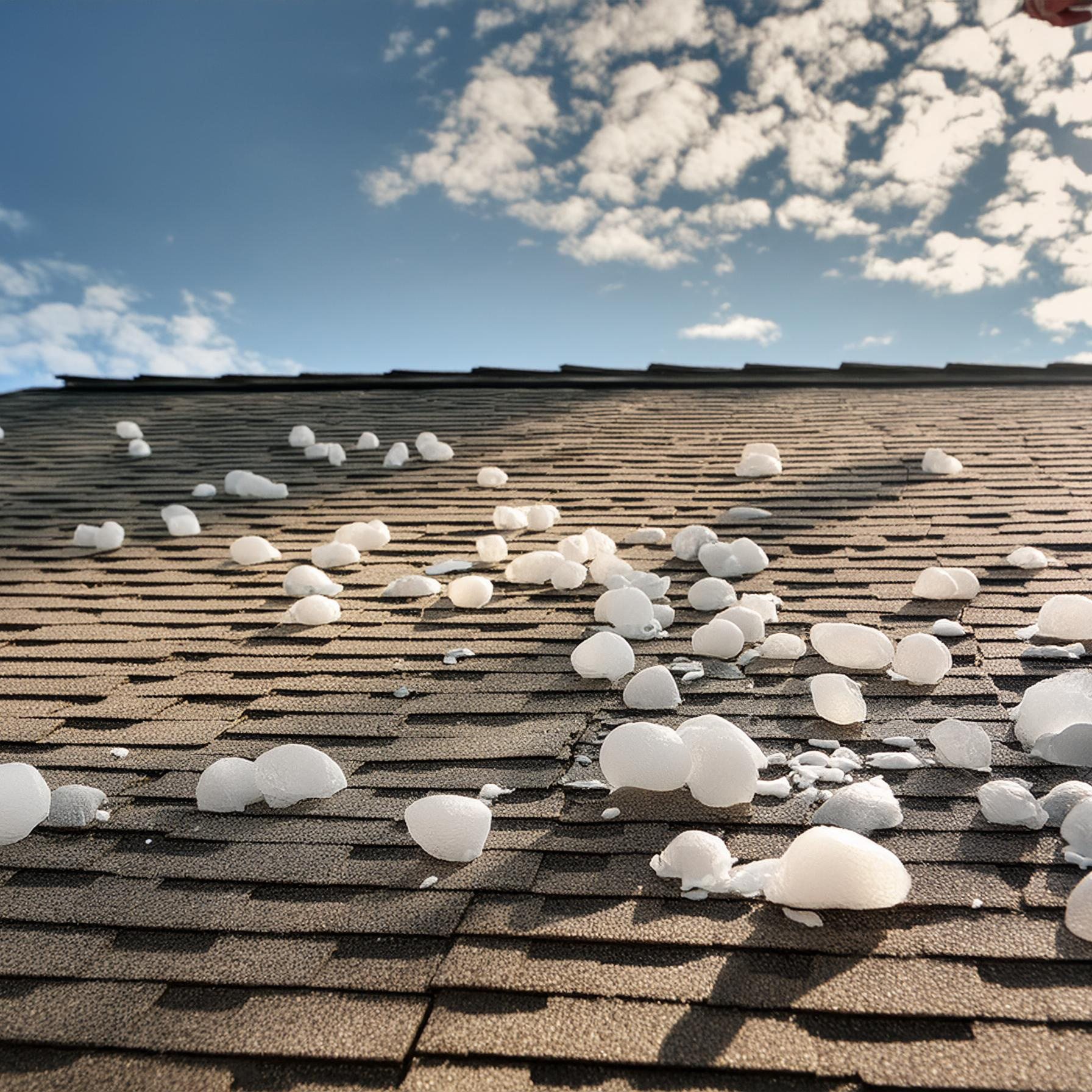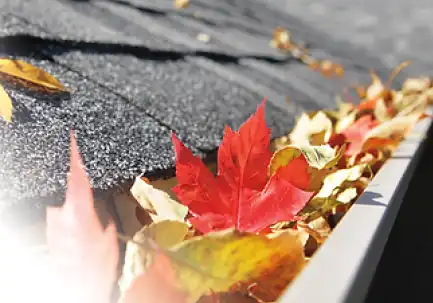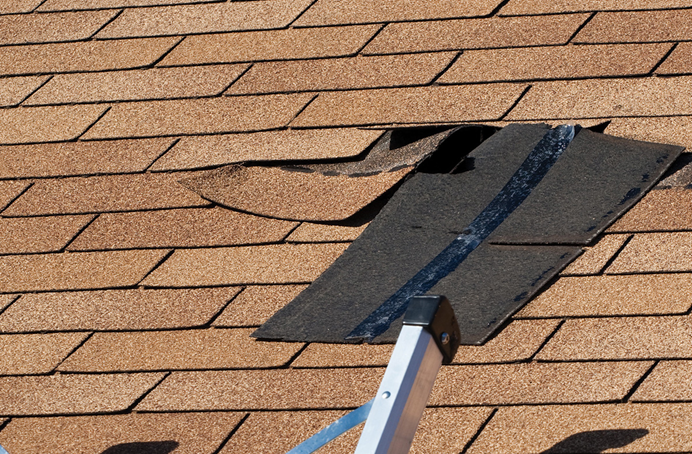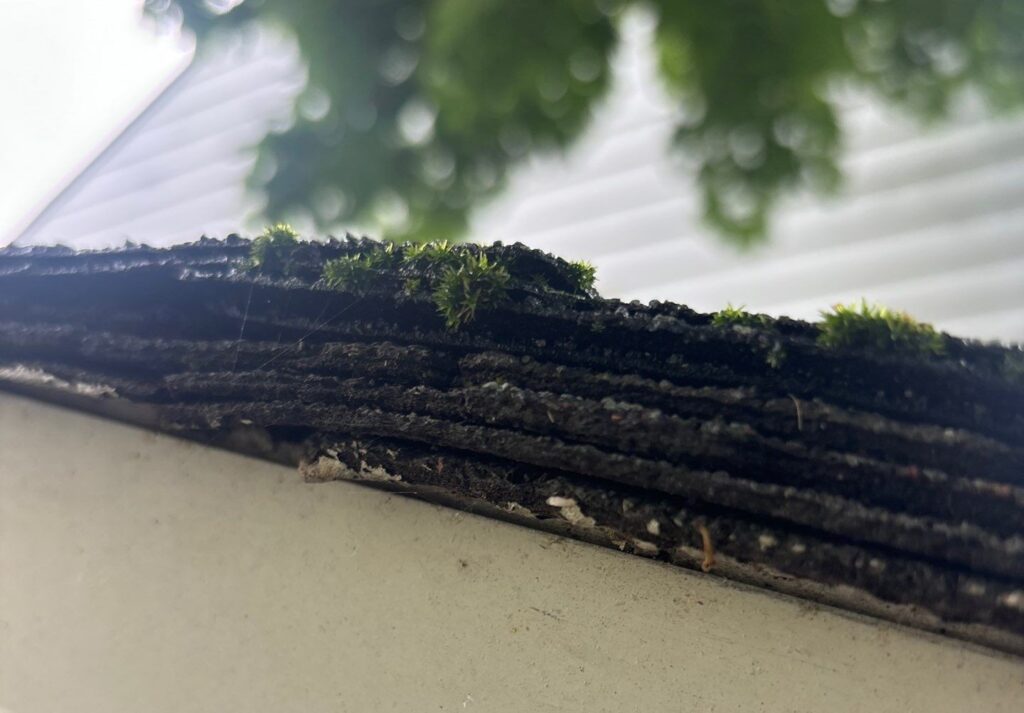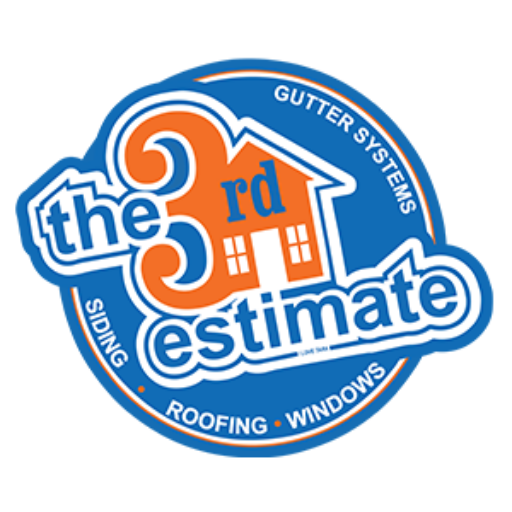How to Tell If Your Roof Has Hail Damage
Hailstorms can be a major threat to your roof, causing damage that may not always be immediately noticeable. If left unchecked, this damage can lead to larger issues, including leaks and structural concerns. So, how can you tell if your roof has hail damage? In this blog, we’ll guide you through the key signs to look for, as well as the steps you should take if you suspect your roof has been damaged by hail.
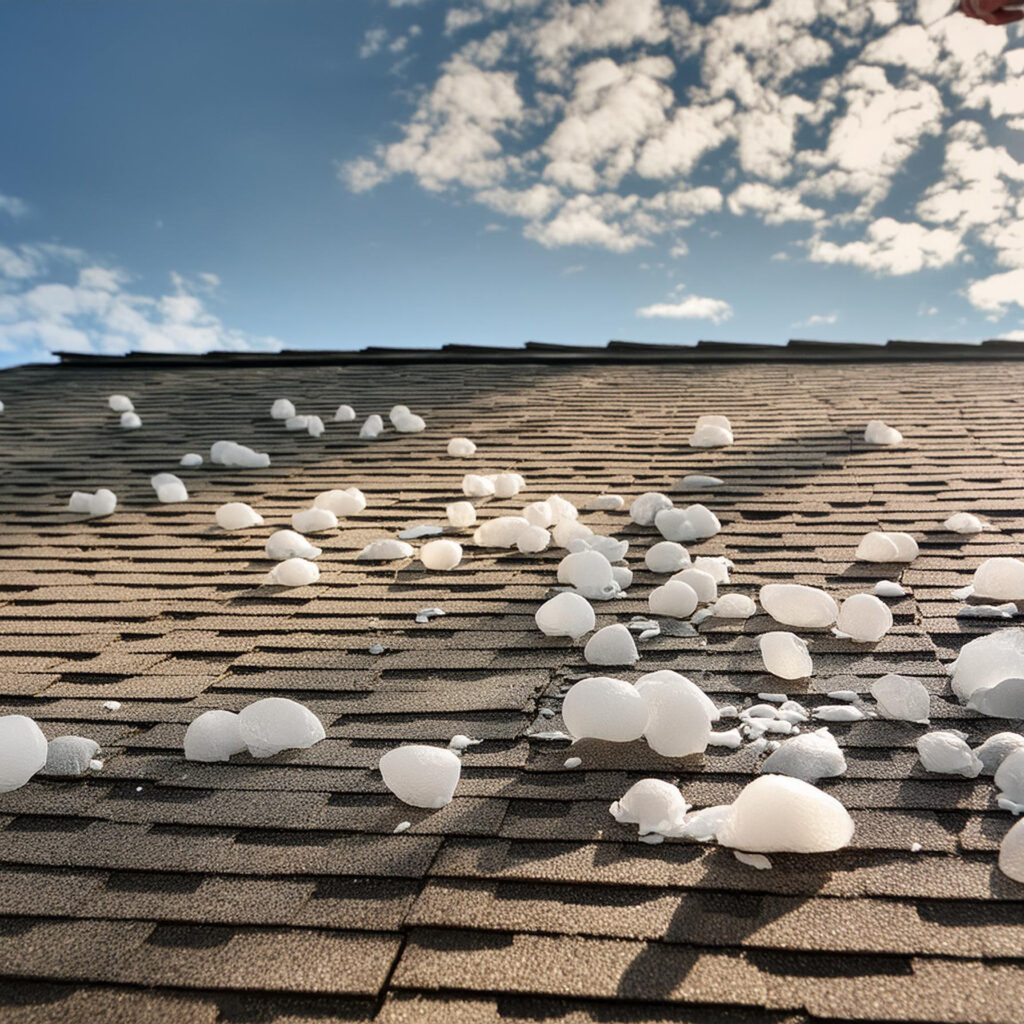
1. Inspect the Ground Around Your Home
The first step in identifying hail damage is to check the area surrounding your home. After a hailstorm, debris from your roof may fall to the ground, providing the first clues about potential damage.
Look for:
- Shingle granules in your gutters or around your foundation. Hail can knock granules off your shingles, and seeing them on the ground is a strong indication that your roof may have been affected.
- Pieces of broken shingles or other roofing materials that have fallen around your home’s perimeter.
These initial signs give you a good reason to take a closer look at the roof itself.
2. Check for Dents or Cracks in Roofing Materials
Hail can leave behind a variety of visible signs on your roof, depending on the size of the hail and the material of your roof. Here’s what to look for:
- Dents in Shingles or Metal Roofs: Hail often creates dents on asphalt shingles, metal roofing, or even gutters and flashing. These dents can weaken the roof’s structure and increase the risk of leaks.
- Cracks or Bruises on Shingles: Hail can cause small cracks or circular marks called bruises, especially on older shingles. Bruising may not be visible at first glance but can lead to further damage over time.
- Granule Loss: Hail can dislodge the granules that protect shingles from UV rays. You may notice bald spots or granules collecting in gutters or on the ground. Granule loss exposes the underlying material to the elements, making it more vulnerable to deterioration.
3. Examine the Attic for Water Leaks
While some hail damage is visible from the exterior, not all of it is immediately apparent. One way to assess potential damage is to check your attic for signs of leaks. This will help you catch any water infiltration before it turns into a major issue.
Look for:
- Water stains on the ceiling or attic walls, which can indicate that water has seeped in through damaged shingles or flashing.
- Damp insulation or a musty smell, both of which may signal water intrusion from roof damage.
4. Inspect Skylights, Vents, and Chimneys
Also, hail doesn’t only affect the surface of your roof. It can also cause damage to rooftop features like skylights, vents, and chimneys.
- Skylights: Check for cracks or damage to the skylight glass or the surrounding seals. Because even small cracks can allow water to leak into your home.
- Vents and Flashing: Inspect vents and flashing for dents, gaps, or damage that may have been caused by hail. Damaged flashing can allow water to enter your home.
- Chimneys: Look for chips or cracks in brick or stone chimneys, which may have been impacted by hailstones.
5. Look for Dents in Gutters and Downspouts
Gutters and downspouts can also suffer damage from hailstorms. After a storm, check these areas for:
- Dents or cracks: Hail can dent metal gutters and downspouts, which can disrupt the flow of water and lead to drainage issues.
- Loose or detached sections: Severe hailstorms may cause gutters to pull away from the house, making them less effective at directing water away from your foundation.
6. Consult a Professional Roofing Contractor
While a self-inspection is useful, hail damage is not always easy to spot, and some signs may be more subtle than others. For this reason, it’s highly recommended to hire a professional roofing contractor to conduct a thorough inspection.
A professional roofer will:
- Inspect the entire roof for damage, including areas that may not be visible from the ground.
- Document the damage with photos and measurements to assist with insurance claims.
- Provide recommendations for repair or replacement if necessary.
7. File an Insurance Claim
If your roof has had a lot of hail damage, you may need to file an insurance claim to cover the cost of repairs or replacement. Here’s what to do:
- Document the damage: Take photos of the visible damage before any repairs are made.
- Contact your insurance provider: Provide the photos and any documentation from your professional roof inspection.
Work with your contractor: Many roofing contractors will help guide you through the claims process to ensure you receive the necessary coverage.
Conclusion: Don’t Wait to Address Hail Damage
Hail damage, while sometimes hard to detect, can lead to bigger problems if not addressed on time. It is important to have someone tell you if your roof has hail damage or learn for yourself how to identify it. Regular roof inspections—especially after a hailstorm—can help you catch and repair damage early, preventing costly repairs down the line. At The Third Estimate, we specialize in roof inspections and repairs. If you suspect that your roof has been damaged by hail, contact us at 234-766-3464 for a free inspection. We’ll help assess the damage and ensure your home is well-protected for the future.
